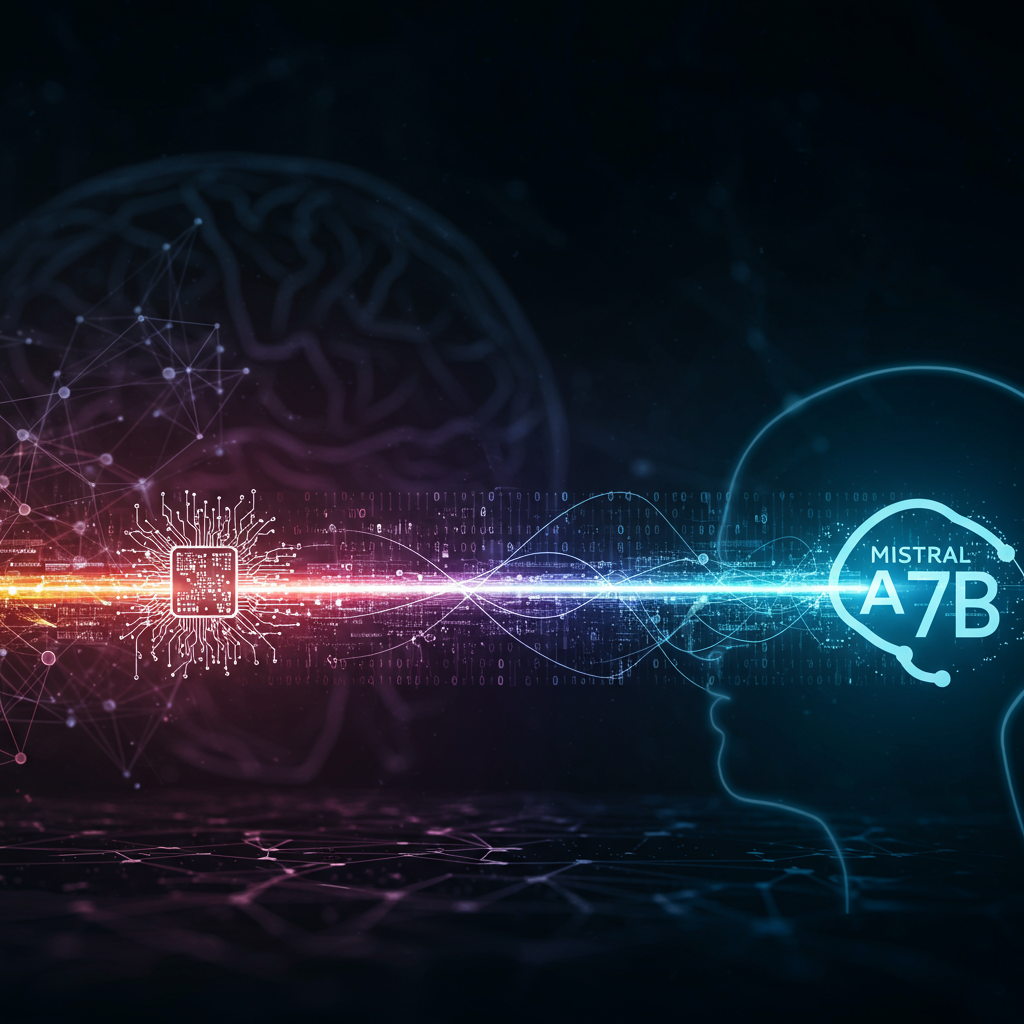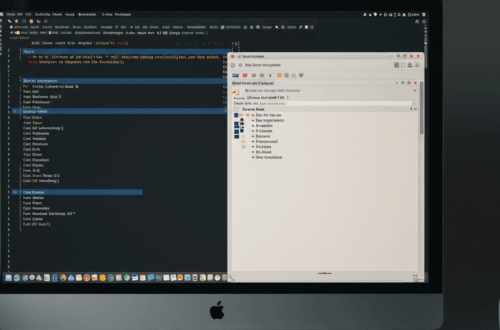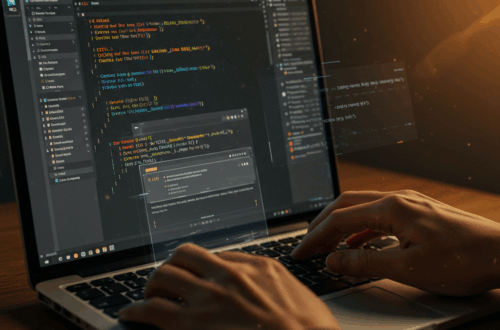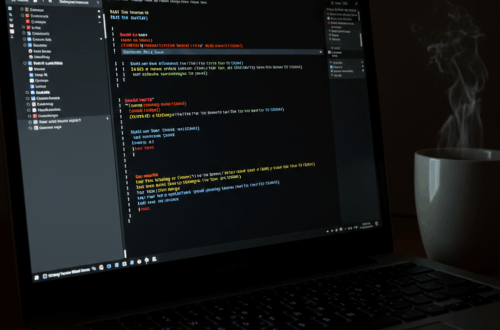Unlocking Mistral AI 7B’s Potential: A Guide to Fine-Tuning and RLHF with DeepSpeed
Large language models (LLMs) like Mistral AI 7B offer incredible potential, but they often need fine-tuning to perform specific tasks effectively. This post explores how to enhance Mistral AI 7B using Reinforcement Learning from Human Feedback (RLHF) and DeepSpeed, a powerful library for distributed deep learning.
Fine-tuning allows you to adapt a pre-trained model to a new dataset or task. RLHF goes a step further, aligning the model’s output with human preferences through feedback. This process helps create more helpful and aligned LLMs.
Getting Started with Fine-tuning Mistral AI 7B
Fine-tuning requires a relevant dataset for your target task. Prepare your dataset in a suitable format, ensuring data quality and consistency. Once prepared, use the DeepSpeed library to distribute the training process across multiple GPUs. This significantly reduces the training time and resource requirements.
Remember that careful attention should be paid to hyperparameter selection during fine-tuning. Parameters such as learning rate, batch size, and the number of training epochs can significantly impact the model’s performance. Experiment with different values to find the optimal settings for your specific use case.
Incorporating RLHF for Enhanced Alignment
Once the initial fine-tuning is complete, RLHF is implemented to improve alignment with human feedback. This usually involves a reward model that scores the model’s outputs based on human preferences. This model is then used to guide the fine-tuning process, reinforcing desired behaviors.
Collecting high-quality human feedback can be challenging and resource-intensive. Consider various feedback mechanisms, including ranking different model outputs or providing direct feedback on individual responses. The quality of feedback directly impacts the effectiveness of RLHF.
DeepSpeed: Optimizing for Scale and Performance
DeepSpeed is crucial for managing the computational demands of fine-tuning large models like Mistral 7B. It enables distributed training across multiple GPUs, reducing training time and memory requirements. DeepSpeed also offers features like ZeRO optimization, which partitions model parameters, gradients, and optimizer states across GPUs, enabling efficient training of extremely large models.
Setting up DeepSpeed typically involves configuring a JSON file that specifies the training parameters and DeepSpeed configurations. This configuration file directs DeepSpeed on how to distribute the training process and manage resources. Consult the DeepSpeed documentation for detailed instructions on configuration and best practices.
Example: Fine-tuning for Code Generation
Imagine fine-tuning Mistral 7B for Python code generation. You would collect a dataset of Python code snippets and corresponding descriptions. After fine-tuning with DeepSpeed, you could then apply RLHF by having human developers rank the generated code for correctness and readability. This iterative feedback loop helps align the model with developer preferences, resulting in a more effective code generation model.
Conclusion
Fine-tuning Mistral AI 7B with RLHF and DeepSpeed unlocks its potential for specialized tasks. While the process requires careful dataset preparation, hyperparameter tuning, and resource management, the resulting improvements in model performance and alignment are significant. By following the guidelines outlined in this post and leveraging the power of DeepSpeed, developers can effectively tailor Mistral AI 7B to a variety of use cases.
The project is available on GitHub: https://github.com/genji970/mistralai-7B_training_using_DeepSpeed






